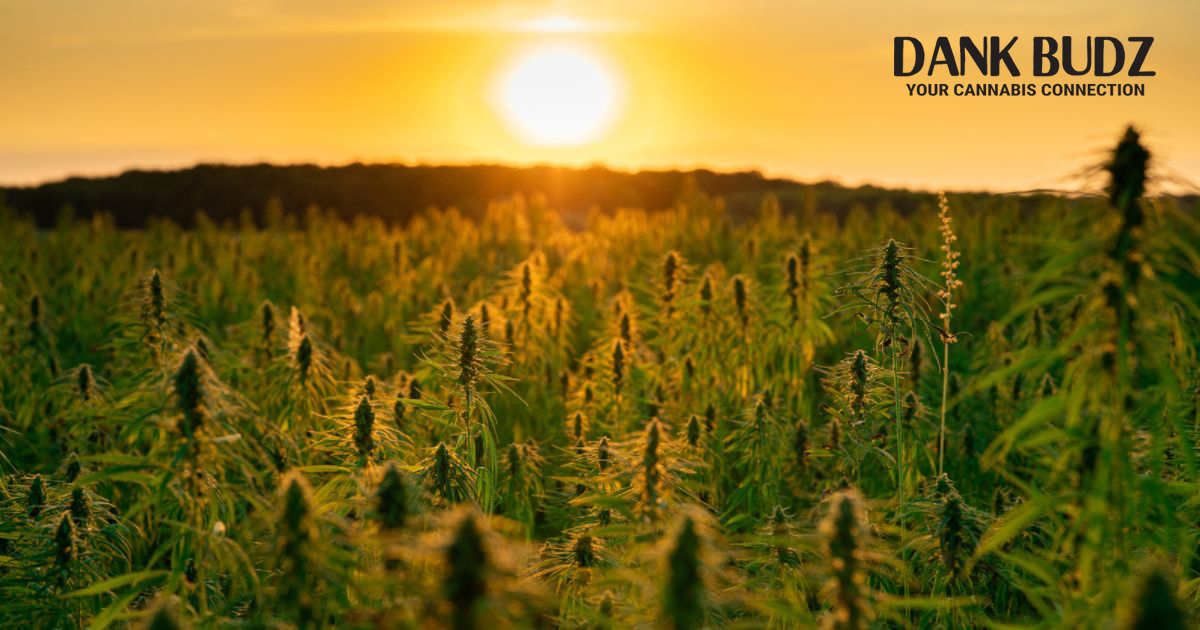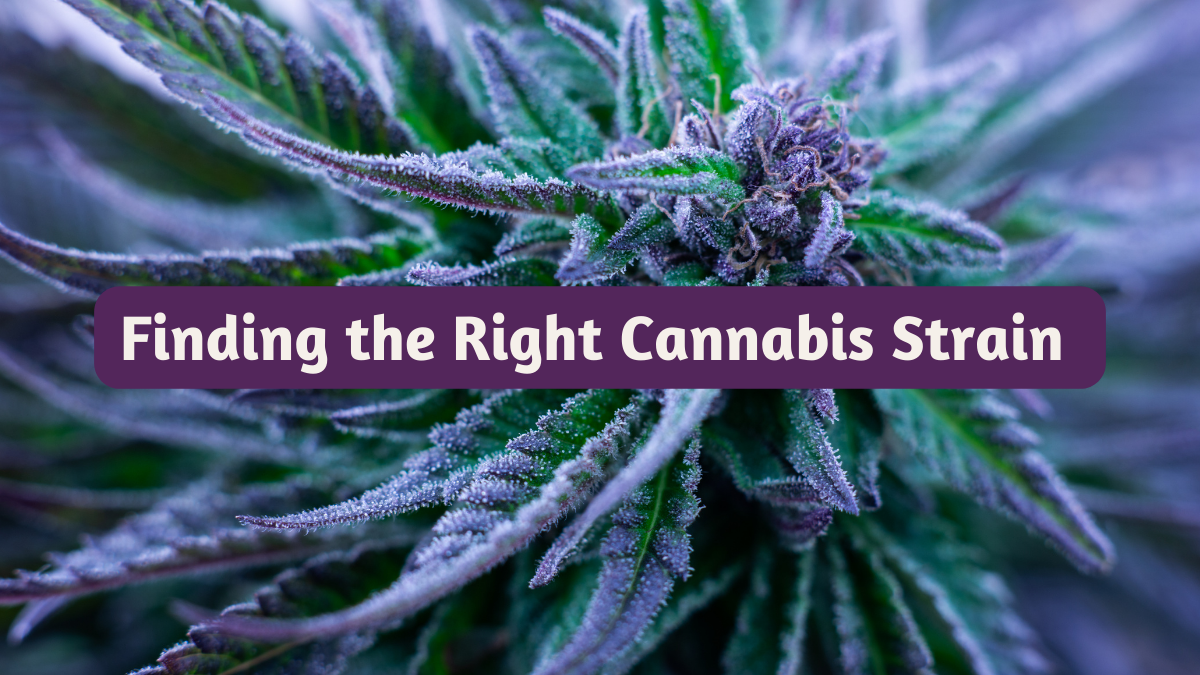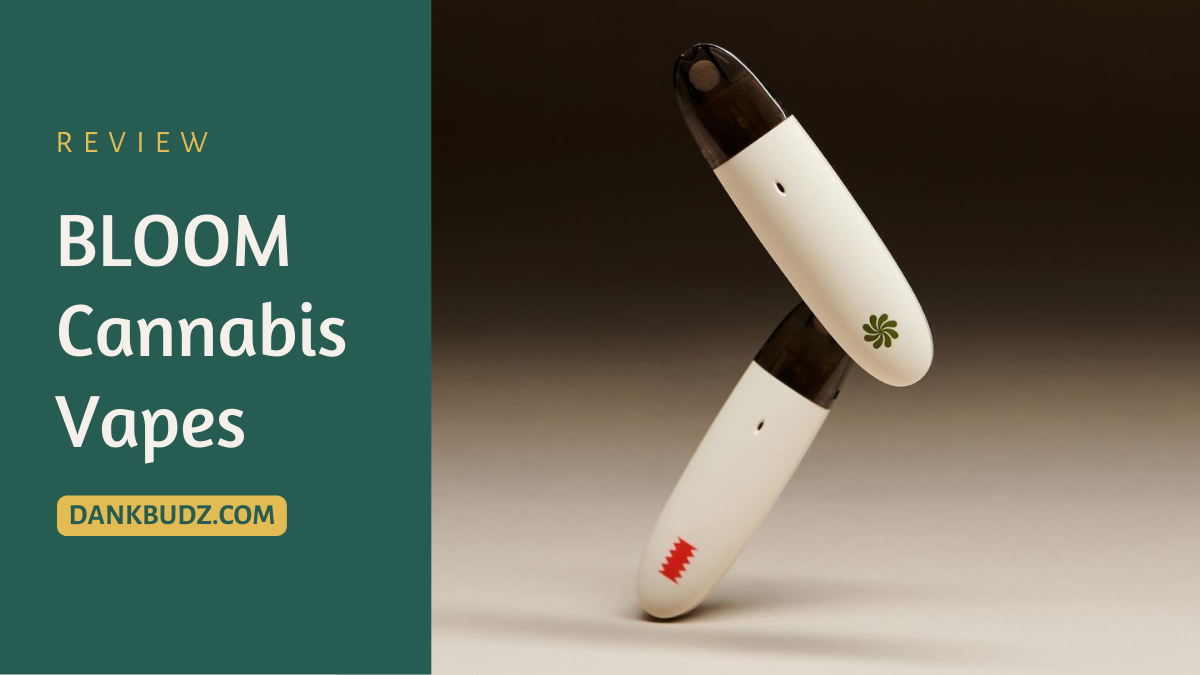
The history of cannabis in the US is complex, rich, and—for many observers—often quite confusing. For centuries, in fact, cannabis was grown openly and even sold commercially on nearly every continent. Within the last 100 years, however, we’ve seen cannabis shift from common crop to social pariah to medical darling and back again. Why?
The answer to what perpetuated these drastic shifts in worldwide cannabis acceptance is still open for interpretation. However, what can be agreed upon is that, in many circumstances, differences in cannabis views may have originated from a combination of social and economic inequality and a general fear of the unknown. In particular, when it comes to the US, the role of cannabis has shifted dramatically from banned substance to medicinal wonder. Unfortunately, there is still a disconnect among groups that wish to deny all cannabis use, accept the medicinal benefits but deny the recreational value, or embrace cannabis use wholeheartedly. How did this substance become so polarizing?
Early Beginnings of Cannabis in America

The US’ relationship with marijuana dates back to at least the colonial era. Our earliest acceptance of cannabis was due to the versatility of the hemp fiber harvested from cannabis stems. In fact, hemp cultivation was encouraged by 17th century leaders to produce rope, sails, clothing, and more. This domestic production flourished until well after the Civil War. The first commercial medicinal use of cannabis occurred during the 18th century, with the substance appearing in the US Patent Pharmacopoeia in 1850.
By the late 19th century, cannabis was a popular ingredient in many medicinal products, all sold openly in pharmacies. In fact, until 1937, cannabis experienced frequent use as a medicinal drug, and was easily obtained commercially. However, cannabis was not as widely used recreationally—instead, our earliest history with the plant embraced cannabis for its economic and medicinal benefits.
The Shift in the Social Acceptance of Cannabis
The more complicated social history of cannabis seemed to truly start when recreational use began to occur more frequently on US soil. Many researchers attribute the earliest shifts in cannabis acceptance to the Mexican Revolution of 1910. During this period, Mexican immigrants frequently entered the US, bringing with them their own cultural acceptance of recreational use. The rise in Mexican immigrants, unfortunately, was met with uneasiness by many US citizens.
Fear of the unknown quickly spread, and many redirected their fear and unease toward cannabis use rather than admit their prejudice. This period also marked the beginnings of the divide between the terms “cannabis” and “marijuana”—although both terms describe the same plant. Cannabis often referred to the actual plant, but marijuana came to be associated with the very group of immigrants US citizens resented. As such, anti-drug campaigners of the era warned of the “marijuana menace.”
Beginning with these first Mexican immigrants, recreational marijuana use came to be associated with people of color and those of lower socioeconomic standing. This association continued with the beginning of Prohibition and the Jazz Age. The Volstead Act of 1920 raised the price of alcohol, serving to increase interest in recreational cannabis. Marijuana was viewed as a less-expensive alternative to alcohol, and its recreational use began to increase. As a result, many “tea pads”—locations where marijuana could be purchased cheaply for recreational use—began to appear in larger cities.
By the 1930s, historians estimate that there were at least 500 tea pads in New York alone. These marijuana spots were particularly associated with jazz culture and became a common place for jazz enthusiasts to gather, further cementing the upper and middle class’s view of cannabis as a habit of the poor, the people of color, and the socially irresponsible.
Government Actions Against Marijuana
Prejudice against marijuana was compounded by the actions of the state and federal governments. The Great Depression was a dark time for many Americans, producing both despair and uncertainty. US citizens were looking for answers to the financial collapse, as well as a way to exert control over what many saw as a societal collapse. The stress of widespread unemployment, on top of increased resentment and fear of immigrants, escalated to a point where demand grew to make marijuana use both a public and a governmental priority. During the Depression era, reports officially linked marijuana use in lower class communities with a rise in harder drugs and violence.
By 1931, 29 states had decided to outlaw cannabis entirely. In 1937, the federal government enacted legislation known as the Marijuana Tax Act, which served to officially criminalize marijuana. The Tax Act grossly inflated taxes on the sale, possession or procurement of cannabis, effectively prohibiting its very existence. One of the first cannabis arrests occurred in October of 1937, when a farmer was caught selling marijuana on the street.
Madness or Medicine?
While the government was working hard to create legislation to prevent cannabis use, others were working to further extend the growing social wariness of the plant. The 1936 film Reefer Madness is one of many examples of the media helping to fuel social distaste for marijuana to support the legal ramifications that were taking effect. This movie followed unsuspecting high schoolers and showcased the tragic effects of becoming involved with recreational drugs. Filmmakers created a scenario that depicted marijuana to be just as dangerous as cocaine and heroin. Though the film inspires little more than chuckles now, especially after a musical version was created years later, it was effective at fueling fears of cannabis when it was released. While cannabis was taking a blow both socially and politically, the early 20th century continued the advancement of medicinal cannabis use. While the Marijuana Tax Act was in place, the New York Academy of Medicine released a report that marijuana, in fact, did not induce violence or insanity, lead to addiction, or cause further drug use. This report contradicted many of the reasons both the government and the public cited for supporting the Marijuana Tax Act in the first place. As a result, the history of cannabis use in medicine began to run in direct opposition to the social history of cannabis. Cannabis is among many other recreational drugs that began their histories as a part of the medical field. As far back as 1815, historians have found reports from doctors exploring the medicinal benefits of the plant. However, while certain levels of support from the medical community may have always existed, funding and resources were limited. This became especially significant when politicians set their sights on creating laws that punished citizens for possessing or using marijuana. By the 1950s, the US government had established the first federal laws that set mandatory sentences for drug-related offenses. However, the political lockdown of the 1950s was quickly followed by a social shift in the 1960s, when the counterculture inspired US culture in general to become more lenient in our attitudes toward cannabis use. Some historians attribute this shift to the longtime acceptance of marijuana in lower class communities, which may have influenced similar acceptance in white and other middle-class communities. Others cite medical reports released during the terms of President Kennedy and Johnson, which found that marijuana didn’t induce violence or lead to heavier drug use. No matter what the cause, as cannabis use became more accepted across the influential middle class, legislative reform began to be considered by both state and federal authorities. As the US entered the 1970s, many of the mandatory penalties associated with marijuana were repealed, prominently by the Comprehensive Drug Abuse Prevention and Control Act of 1970. This act helped to move marijuana into a separate category from narcotics like heroin. This same year saw the founding of the National Organization for the Reform of Marijuana Laws, or NORML. Later in the decade, President Carter asked Congress to abolish federal criminal penalties for individuals that were caught with less than one ounce of marijuana. Each of these actions demonstrated the new level of understanding developed regarding cannabis, especially significant after the fears of the Mexican Revolution and Great Depression eras. This lean towards decriminalization and social acceptance occurred as reports continued to show no connection between cannabis and either violence or heavier drug use. During this time, 11 states decriminalized marijuana and reduced penalties. It seemed that cannabis would finally have a chance to be accepted medically, socially, and politically. The question then became: would this shift last, or would new fears and uncertainties close the doors once again? Unfortunately, the late 70s would lead to another hurdle in cannabis’ complicated history. While some populations had begun to accept the social use of cannabis, the rise in recreational use triggered fears for many parents. In 1976, a grassroots parents’ movement against marijuana was instrumental in affecting public attitudes about cannabis. This trend in public perception opened the door for public support of the 1980s War on Drugs. President Ronald Reagan had notoriously spoken out against any actions decriminalizing marijuana before this point. With the support of the parent movement, Reagan and the federal government took re-criminalizing one step further. Reagan-era laws re-established mandatory sentences that had once been repealed. Reagan also stood behind a strict “3 Strikes You’re Out” penalty that would require life sentences for repeat drug offenders, including cannabis users. This war on drugs continued under President Bush in 1989 and on into the 90s. While the political and social battle raged on toward the end of the 20th century, the medicinal properties of cannabis lacked research—largely due to its labeling as a controlled substance. Still, medical cannabis discoveries continued in the shadows. In 1976, Robert Randall became the first American approved as a medical cannabis patient. He was arrested for marijuana possession, but successfully argued that marijuana use was necessary to treat his glaucoma. He later received access to FDA-approved medicinal cannabis. Through the 80s, studies were conducted to approve Marinol, a synthetic THC product that combated the effects of cancer. However, government pushback against official cannabis research continued, even through the major shift in public opinion highlighted by California’s passing of Prop 215 in 1996. This proposition allowed for the sale and medicinal use of cannabis to treat the effects of AIDS, cancer, glaucoma, and more. This moment in history launched the divide in state and federal acceptance of marijuana that we experience to this day. California opened the door for many states to individually determine their stances on marijuana, separate from the federal government. Following California, Alaska, Oregon and Washington became the second, third, and fourth states to legalize medicinal marijuana in 1998. Following soon after was Maine in 1999, as well as Hawaii, Colorado, and Nevada in 2000. With the dawning of the 21st century, medicinal marijuana was beginning to demonstrate positive outcomes. Medicinal patients were finally able to access the medicine of their choice in many states across the country. However, while even more states made the leap into legalizing medical marijuana, there remained an ongoing battle at the federal level. In 2005, federal agents executed raids on 13 medicinal marijuana dispensaries in California. Agents seized comprehensive employee and patient records, as well as a large quantity of cannabis products. The power struggle between state and federal cannabis laws had begun. Regardless of the massive divide between state and federal acceptance of medicinal marijuana, more states continued to favor legalizing marijuana use. However, despite expanding state legalization, federal raids continued, hitting between 30 and 40 dispensaries after the initial raid in 2005. In fact, it wasn’t until 2009 that federal raids officially ceased. At this time, the U.S. Attorney General announced that the Department of Justice would no longer prioritize prosecuting medical marijuana dispensaries and patients. The American Medical Association also softened its position on medical marijuana in 2009. It rescinded its earlier support of keeping cannabis as a schedule 1 drug and officially supported the push to remove medical marijuana from this status. These actions were all great steps toward closing the wide gap between state and federal acceptance. Even in the early 2000s, after more states began legalizing medical marijuana, cannabis remained an illegal substance, preventing federally funded research from occurring and inhibiting private research. However, in 2015, the federal government finally began the shift necessary to make medical cannabis research easier and more effective. That year, the federal government agreed to remove the Public Health Service Review process, which had long been an annoyance to both researchers and advocates for the medicinal benefits of cannabis. Health service reviews often took months to complete, slowing advancements in the medical understanding of cannabis to a crawl. Oddly enough, this review process wasn’t required for research of any other schedule 1 drug, including cocaine or heroin, which truly highlighted the complicated history the US government had with cannabis. By lifting the requirement to complete this process, the government enabled medical researchers to begin exploring the benefits of cannabis like never before. Social acceptance continued to grow as well during the 2010s. Between 2016 and the present day, we have seen the addition of Pennsylvania, Ohio, Arkansas, Florida, North Dakota, West Virginia, Oklahoma, Mississippi and South Dakota to the total of 36 states either voting in or legislating medicinal marijuana. In 2018, the federal government made moves to follow suit, officially removing hemp from the controlled substance list with President Trump’s legalization of industrial hemp. Many advocates hoped that this could open the door to a loosening of federal laws surrounding CBD, a component of the cannabis plant that does not cause the psychotropic effects THC is known for. Within a short year, that hope soon became a real opportunity. In 2019, the U.S. government allocated 3 million dollars for 9 research grants to study CBD and its effects on pain. In addition, 18 states have since legalized recreational marijuana, and 13 others have decriminalized its social use—with many more considering recreational bills. With talk of federal recreational cannabis bills on the horizon, we have experienced a dramatic shift in just a few decades. From the 1980s to present, the US went from a country that viewed marijuana users as degenerates or criminals to widely accepting medicinal and recreational marijuana. At this moment in time, social acceptance of cannabis appears stronger than ever, especially in states that have moved to legalize marijuana both medicinally and recreationally. Many states are reporting economic benefits and can take the money generated by cannabis taxes and pour it back into the community. Meanwhile, more doctors are willing to accept medical marijuana as a legitimate source of relief for a variety of ailments. In the future, with fewer limitations on research, we will continue to learn more every day about the varied benefits of marijuana. While there is still some resistance at the federal level, many doors have been opened to benefit our economy and our health. Time will tell how the complicated history of cannabis will continue to show an impact as we proceed into the 2020s. However, given the significant movement towards public acceptance, we can confidently say that more doors will continue to open. Perhaps the future of cannabis will prove much less rocky than its past.
The 20th Century Fluctuation Continues

The Shift of the 1970s
The War on Drugs

Late 20th Century Medical Acceptance

The Early 2000s: The Complication Continues
Recent Cannabis History


Moving Forward: The Next Era of Cannabis






